Sustainable food production involves more than just buying organic. One of the most accessible ways to create a sustainable system that reduces carbon output and increases self-sustaining food production is 'point-source' food production systems. This means that your food is produced in your own backyard or on your roof or in your driveway. The containerized small footprint aspect of this project makes it a good fit with 'point-source' production, whether shipping it to an acreage or stashing it in your backyard.
Water scarcity is also a modern issue food producers are faced with. This system is designed to get the maximum use out of every drop. The initial water investment is quite high, but the quality of the water you are starting with can be quite poor.
Some of the skill and time requirements necessary to run a combined system such as this are mitigated using automation:
Seed is dropped and spread on a perforated food-grade conveyor, leveled off and watered by an overhead micro-irrigation system. The conveyor moves over tanks of edible fish who are fed with dropped bits and plant wastes. Fish waste is reduced, filtered and pumped into the irrigation system. Rinse and repeat!
Main aspects of this system include:
1. Power system
2. Water cycle
3. Nutrient cycle
4. Plant culture
5. Aquaculture
Logs will detail both the thought processes involved and the specific requirements of each system listed above.
 ken.do
ken.do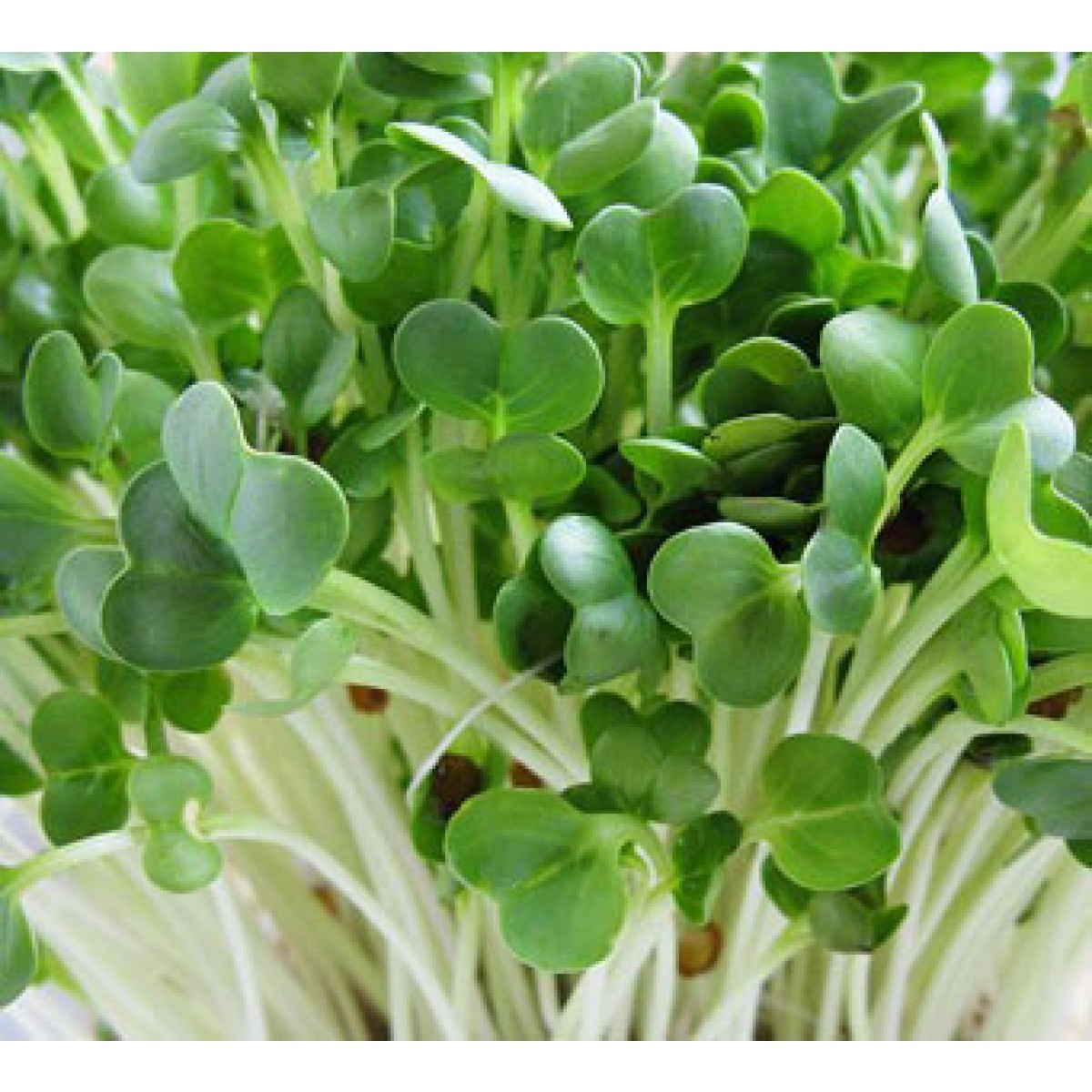
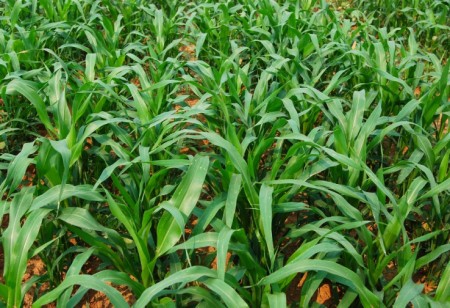

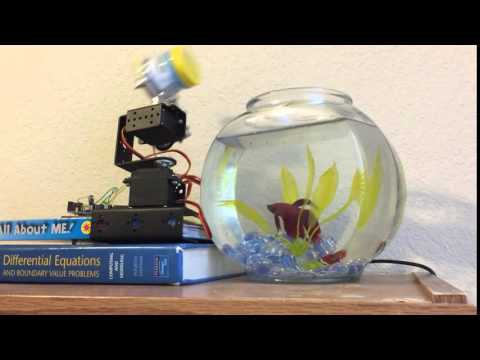
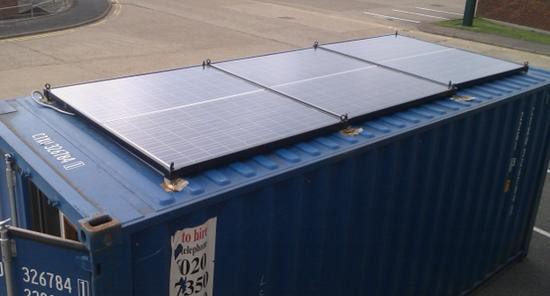


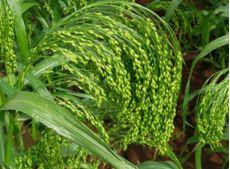
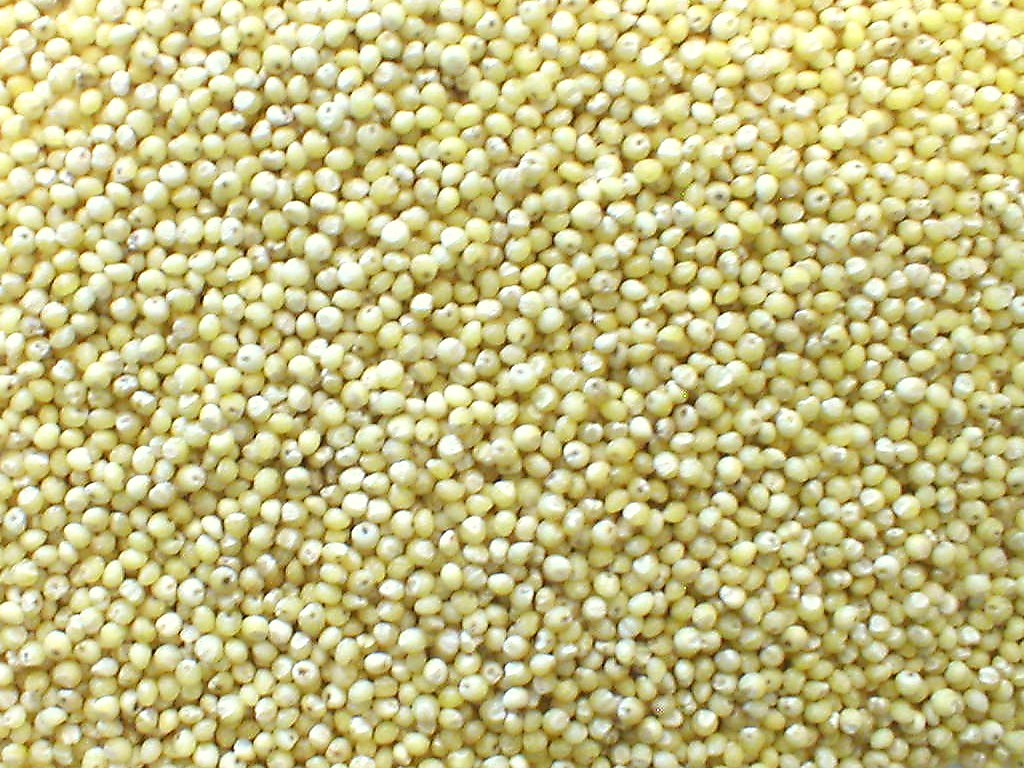


 Theodor Hillebrand
Theodor Hillebrand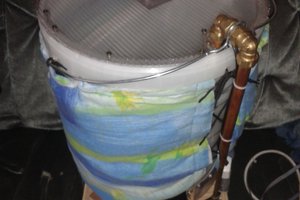
 Morning.Star
Morning.Star

 MechaTweak
MechaTweak